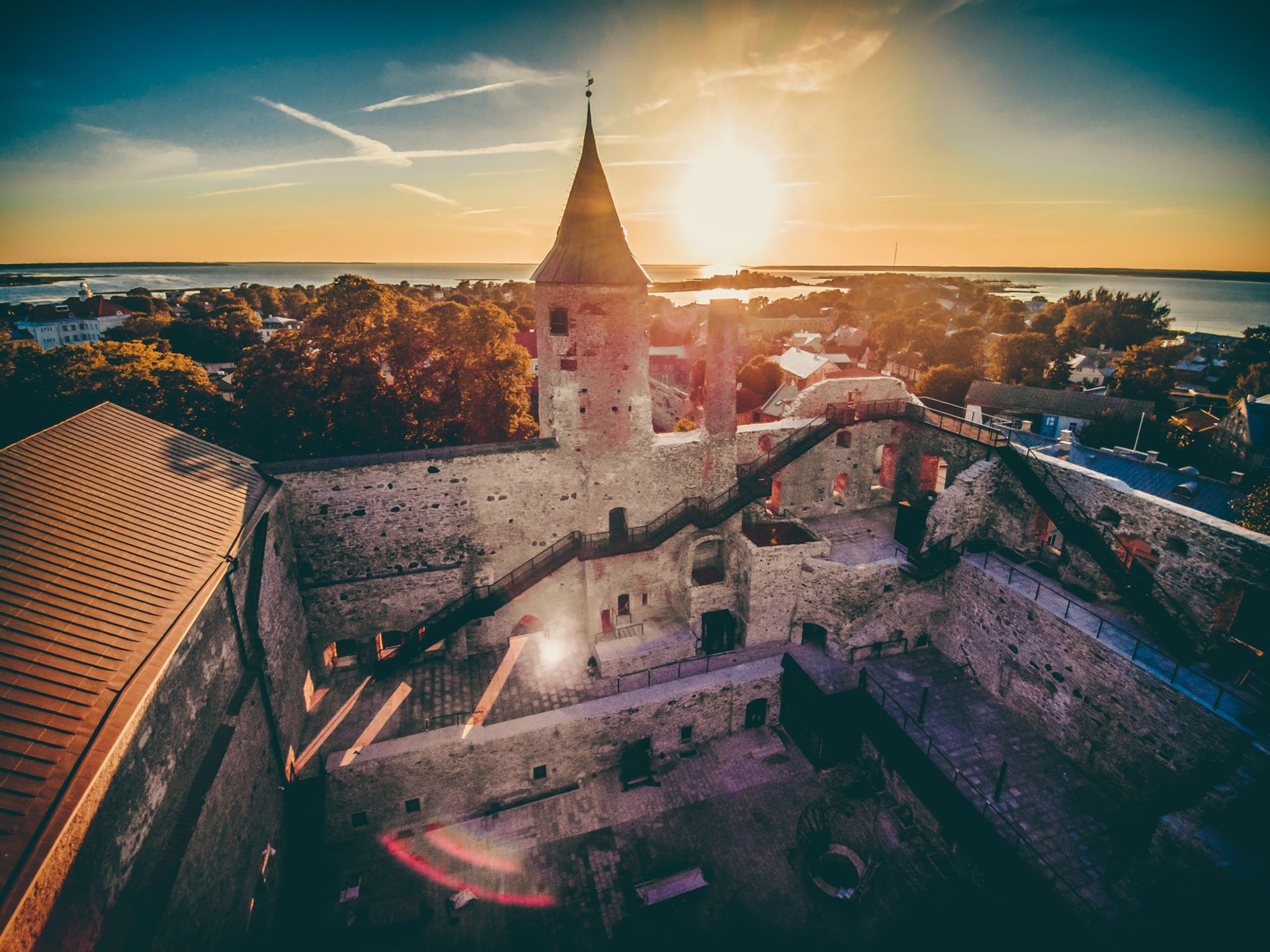The Haapsalu castle is located at the western seaside of Estonia, and it was the seat of Ösel–Wiek bishop between the 13th and 17th centuries.
In the last decades it – like many other Eastern -European memorials and historical sights- started to deteriorate, but by now it was renovated by the KAOS Architects and was transformed into a major tourist attraction.

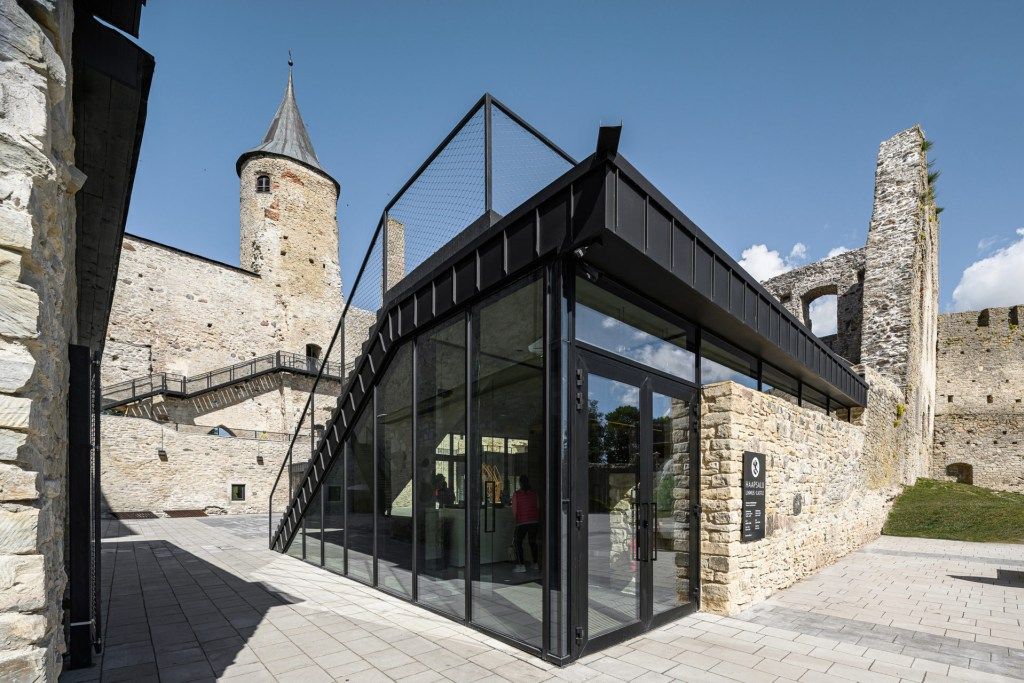
It is an ongoing and relevant argument about how to get started on such a renovation. Should we search for authentic conditions, using authentic technologies and execute the restoration accordingly, or should we just accept that what was is no longer and we cannot restore anything into their original condition, so we shouldn’t go head-over-heels and just do the job with today’s technology. And of course, there are mixed views regarding the topic where due to landscape and symbolic reasons, they build modern interior behind ancient forefronts. There is no right or wrong, every city and community has the right to decide which concept they prefer and we have seen both positive and negative examples of executions.
Obviously, in Estonia the decided against the authenticity which resulted in accessible and usable spaces in a ruin-park.
Visitors are guided through promenades around and above the walls into the interior spaces.
The authentic stone and whitewashed walls go very well with the new black metal and concrete surfaces which makes the whole atmosphere authentic, modern and natural. Obviously, the establishment lost some of its ’medieval’ character, but surely it will be a frequented tourist destination.
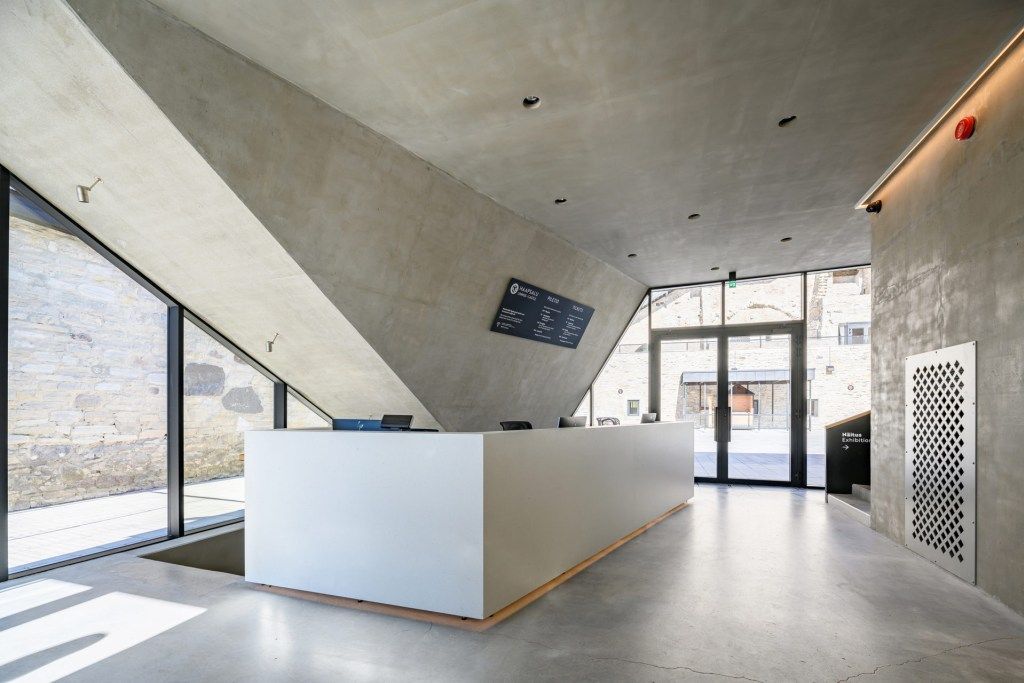

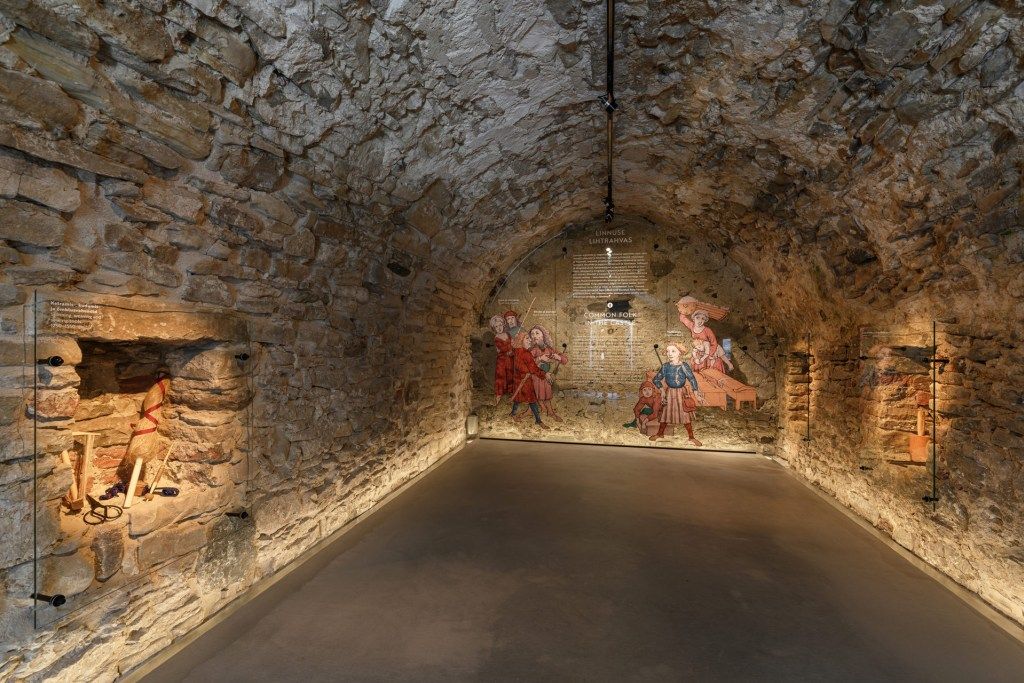
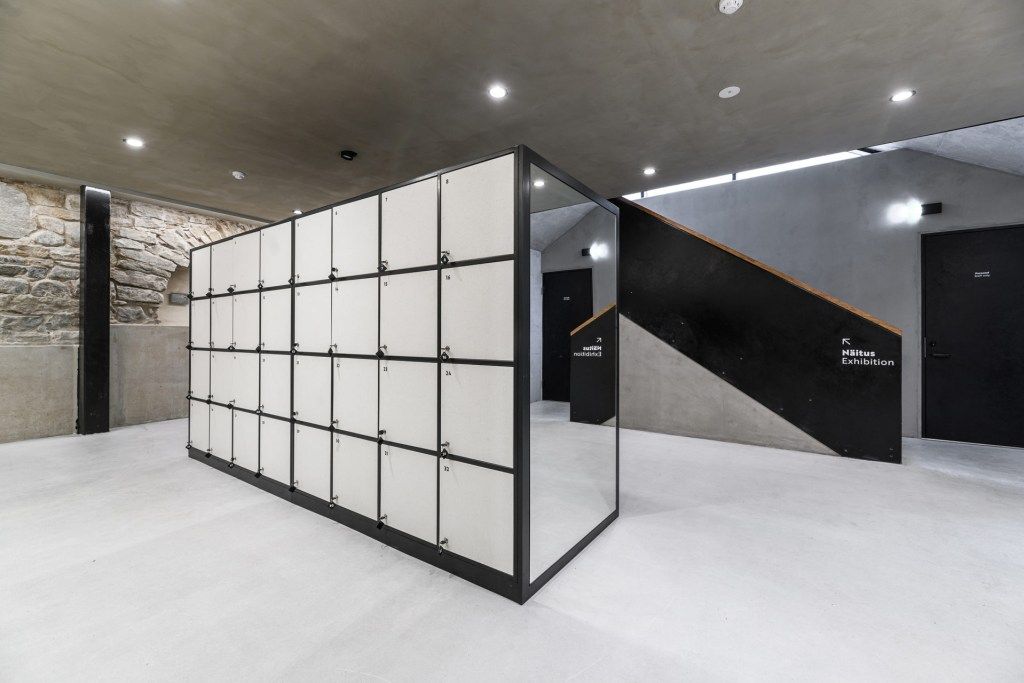

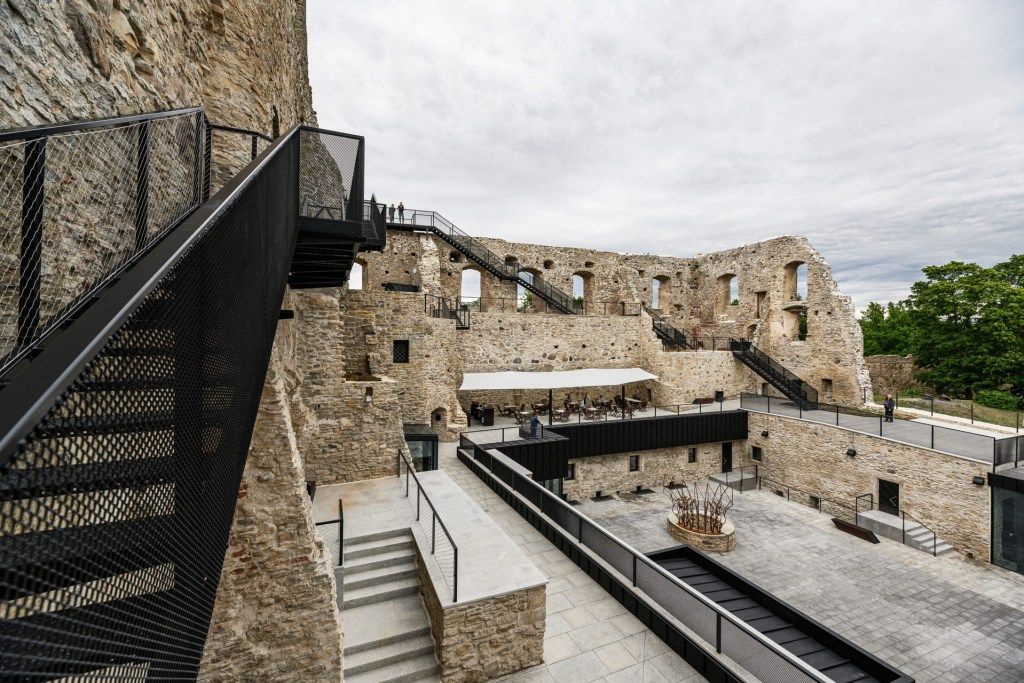
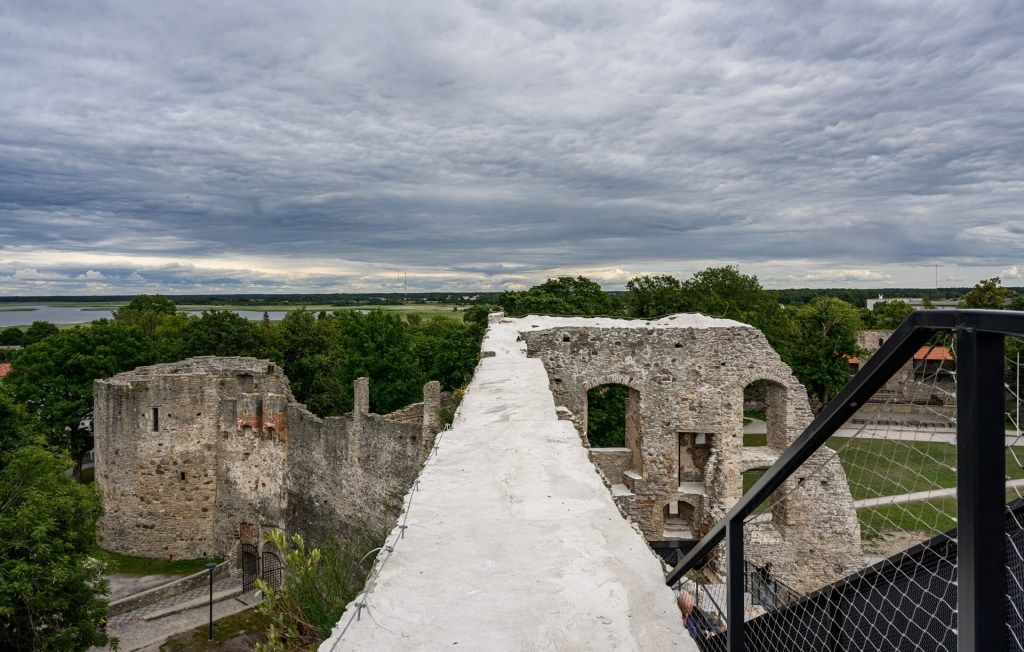
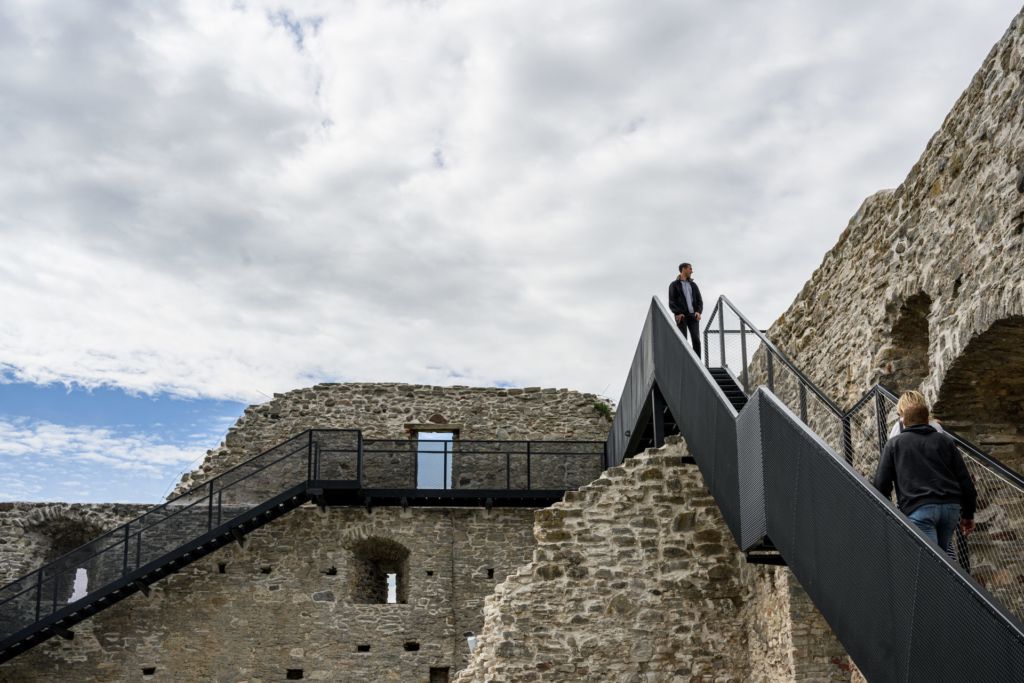
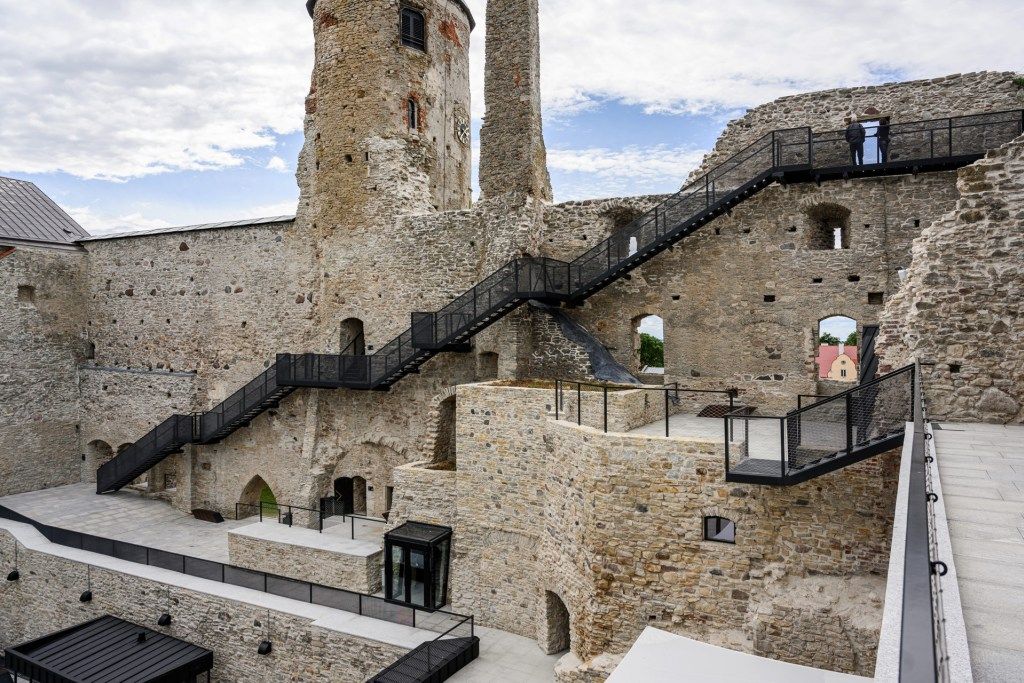


Records on the Danube
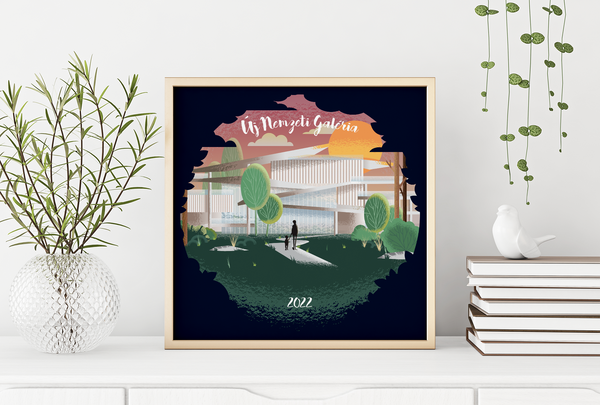
Liget: From dusk until dawn_02










